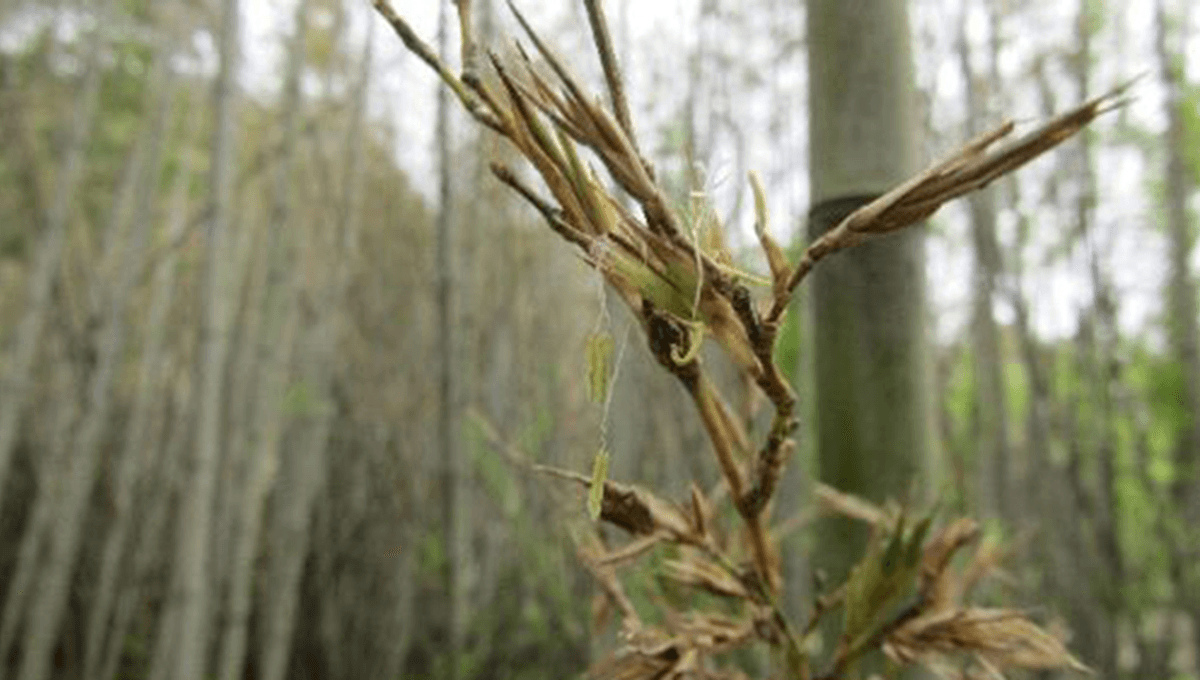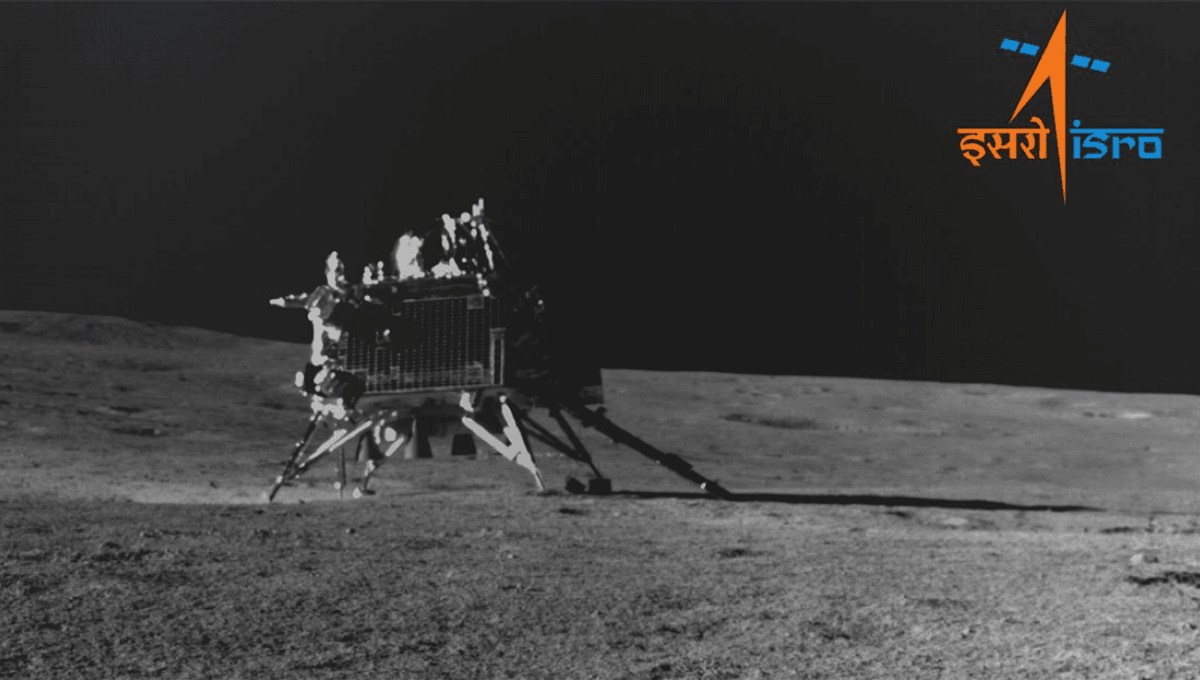Prepare to be amazed by the incredible henon bamboo, scientifically known as Phyllostachys nigra var. henonis. This extraordinary plant only blooms once every 120 years, making it a true marvel of nature. But don’t be too quick to judge its long flowering cycle, as the bamboo sadly meets its demise shortly after.
Given the rarity of its flowering, botanists have had limited opportunities to study the regeneration process. The last significant flowering event occurred way back in 1908, with some sporadic flowering between 1903 and 1912. This means we can expect the next major event to take place around 2028.
However, in a surprising turn of events, researchers from Hiroshima University discovered a henon bamboo plant that decided to bloom ahead of schedule in 2020. This unexpected occurrence provided scientists with a unique chance to observe its regeneration process. Unfortunately, their findings revealed a potential disaster for bamboo production and the environment.
“The bamboo did not produce any viable seeds that can germinate,” explained Toshihiro Yamada, the first author of the study. “Bamboo shoot production ceased after flowering, and there were no signs of regeneration in the initial three years.”
Furthermore, the researchers observed no asexual reproduction by the plant, adding to their concerns. They anticipate a slow regeneration process that could last several years, impacting the economy significantly as the bamboo cannot be harvested during this time.
“Another worrisome aspect of this dieback is its potential environmental impact, which could lead to drastic changes in vegetation and land cover,” the authors warned.
These fascinating findings have been published in the esteemed journal PLOS ONE. Prepare to delve into the captivating world of the henon bamboo and its extraordinary life cycle.








